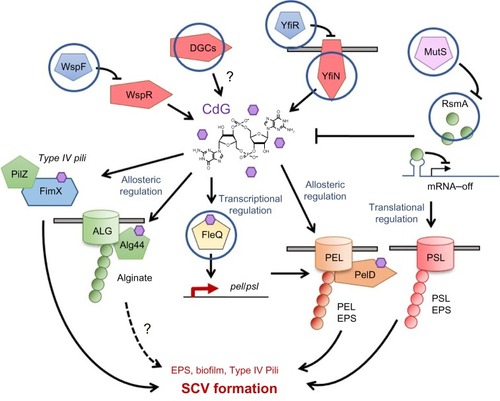Figures & data
Figure 1 The Pseudomonas aeruginosa SCV phenotype.
Notes: Photographs of P. aeruginosa strains grown on LB agar containing 0.004% Congo Red dye for 24 hours at 37°C. (A) Wild-type P. aeruginosa PA01 forms flat, slightly wrinkled colonies. (B) The SCV strain ΔyfiRCitation12 forms small, rugose colonies that adhere strongly to surfaces and bind tightly to Congo Red. Photographs courtesy of Sebastian Pfeilmeier.
Abbreviations: LB, Lysogenic broth; SCV, small colony variant.
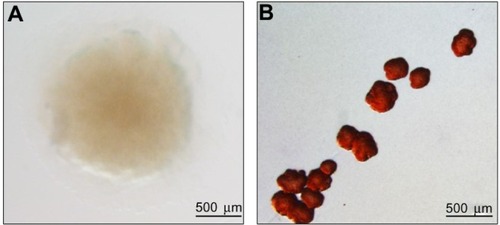
Figure 2 cdG signaling.
Notes: cdG is produced from GTP by GGDEF proteins and degraded by EAL and HD-GYP phosphodiesterases. cdG binds to a variety of different receptors, suppressing motility and virulence and promoting EPS production, biofilm formation, and the SCV phenotype.
Abbreviations: cdG, cyclic-di-GMP; EPS, extracellular polysaccharides; GTP, guanosine triphosphate; pGpG, 5′-phosphoguanylyl-(3′–5′)-guanosineguanosine; SCV, small colony variant.
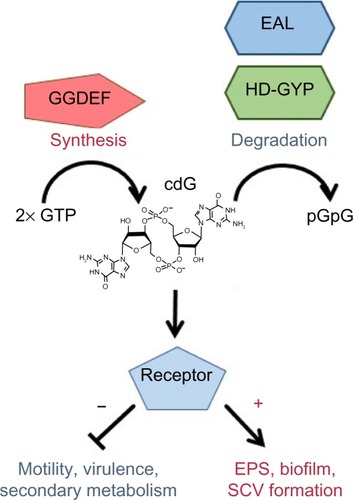
Figure 3 cdG and EPS define the SCV phenotype.
Notes: Photographs of Pseudomonas aeruginosa strains grown on LB agar for 24 hours at 37°C. (A) Overexpression of the DGC gene wspR induces the SCV phenotype in P. aeruginosa PA01. This phenotype is dependent on the presence of intact EPS operons. (B) Overexpression of wspR in a pel/psl- mutant still leads to alterations in colony morphology, but the distinctive small, rugose SCV phenotype is abolished. Photographs courtesy of Sebastian Pfeilmeier.
Abbreviations: cdG, cyclic-di-GMP; EPS, extracellular polysaccharides; SCV, small colony variant; LB, Lysogenic broth; DGC, diguanylate cyclase; WT, wild-type.
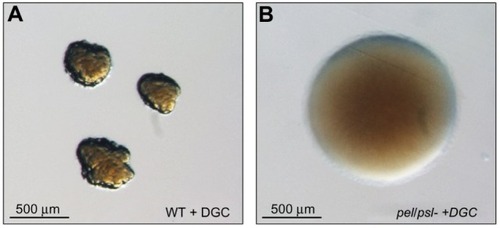
Figure 4 The GacAS/RsmAZY signaling network.
Notes: GacAS-mediated expression of the sRNAs, RsmZ and RsmY, inactivates RsmA, leading to increased translation of target mRNAs, including for the Psl EPS pathway. GacS activity is controlled in turn by the hybrid TCS proteins LadA and RetS.
Abbreviations: EPS, extracellular polysaccharides; TCS, two-component signal.
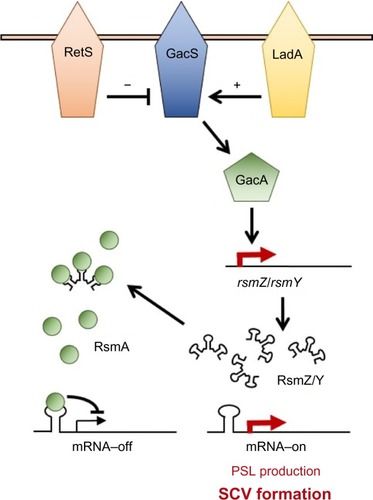
Table 1 Mutational targets for Pseudomonas aeruginosa SCV formation
Figure 5 Mutational routes to SCV formation.
Notes: The diagram shows part of the cdG/RsmA signaling network in Pseudomonas aeruginosa. Hypothetical SCV-inducing mutations in uncharacterized DGCs are included. Signaling systems where mutations have been implicated in clinically relevant SCV formation are circled. Activating signals are denoted with arrows, suppression with bars. Purple hexagons represent cdG molecules. Pathways where the link to SCV is hypothetical or uncertain are marked with question marks (?). The dashed arrow refers to a pathway where the relationship to clinical SCV formation is currently unclear.
Abbreviations: SCV, small colony variant; DGC, diguanylate cyclase.
